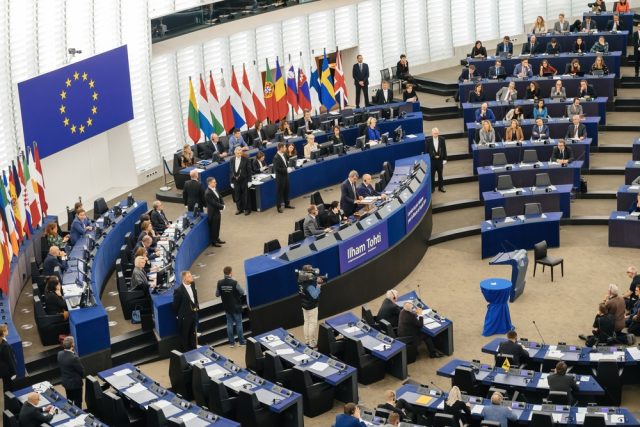
The European Union begins 2023 with the aim of continuing its fight against the spectre of climate change. The EU wants to prevent carbon leakage and encourage non-EU countries to increase their climate ambitions. To achieve their climate target, a tax that the European Parliament and the Council have agreed to impose tariffs on various industrial products that do not meet EU CO2 emission reduction requirements will come into force from October this year.
In doing so, Parliament also wants to combat unfair competition from imports from countries that do not comply with the EU’s strict environmental protocols. This tax is the “first in the world” to guarantee “a level playing field between European companies and those from third countries in trade”, according to sources in these European institutions, who also consider it a “world first” in the framework of the Green Pact.
The chairman of the Parliament’s Environment Committee, Pascal Canfin, reported that the EU would guarantee “for the first time” fair treatment between European and foreign companies, especially in terms of prices, because EU companies pay the price of carbon in Europe while third-party companies do not. “This is a big step that will allow us to do more for the climate while protecting our businesses and jobs,” Canfin added.
The tax has been dubbed the Border Carbon Adjustment Mechanism and will be part of the Fit for 55 packages that the European Commission presented in 2021 intending to achieve a 55% reduction in EU greenhouse gas emissions by 2030. The idea is that EU companies that are subject to the bloc’s climate standards, i.e. those that have to pay for their CO₂ emission allowances, should not find themselves at a competitive disadvantage compared to their competitors in third countries, where climate requirements are less ambitious than in the EU. This is a situation that various sectors of European politics have been calling for for years when they realised that the strict climate laws enacted by the European institutions were stifling the daily lives of the Community’s citizens. Climate laws abstracted from the reality of its neighbours, as powers such as Russia, China, and India continue to turn their backs on any environmental sensitivity.
The tax will affect iron and steel, cement, aluminium, fertilisers, electricity, and even hydrogen. However, some precursors and certain by-products of this sector will also be included. Indirect emissions will also be included in the tax and will be regulated in a delimited manner. This means that, according to data provided by the European Commission, the countries that could be most affected by the European measure are Russia, China, Turkey, and the United Kingdom. The EU expects that the taxes collected as a result of this measure could exceed 14 billion euros per year, and has decided to allocate them to the total amount of the EU’s general budget.
This system of levies has a progressive application in EU international trade. On 1 October 2023, when the measure comes into force, importing companies in sectors such as steel, cement and fertiliser production, aluminium, and power generation will have to declare the emissions produced by their products, but as the programme progresses, the EU will eliminate the free emission quotas that member countries give to European industrialists to face external competition. The Commission and the EU-27 have advocated a gradual implementation of this mechanism over ten years starting in 2026.
“The message to our industries is clear: there is no need to relocate because we have taken the necessary measures to avoid unfair competition by ensuring a fair deal between European producers and imported goods,” Canfin concluded.



 Subscribe
Subscribe